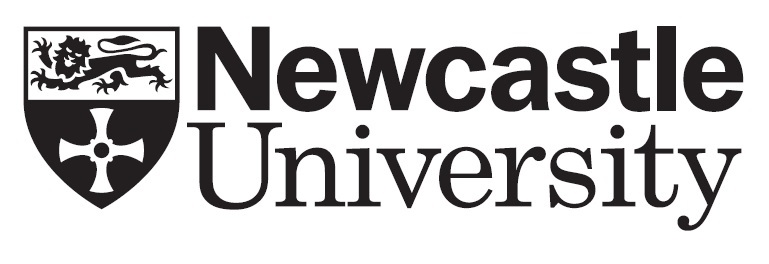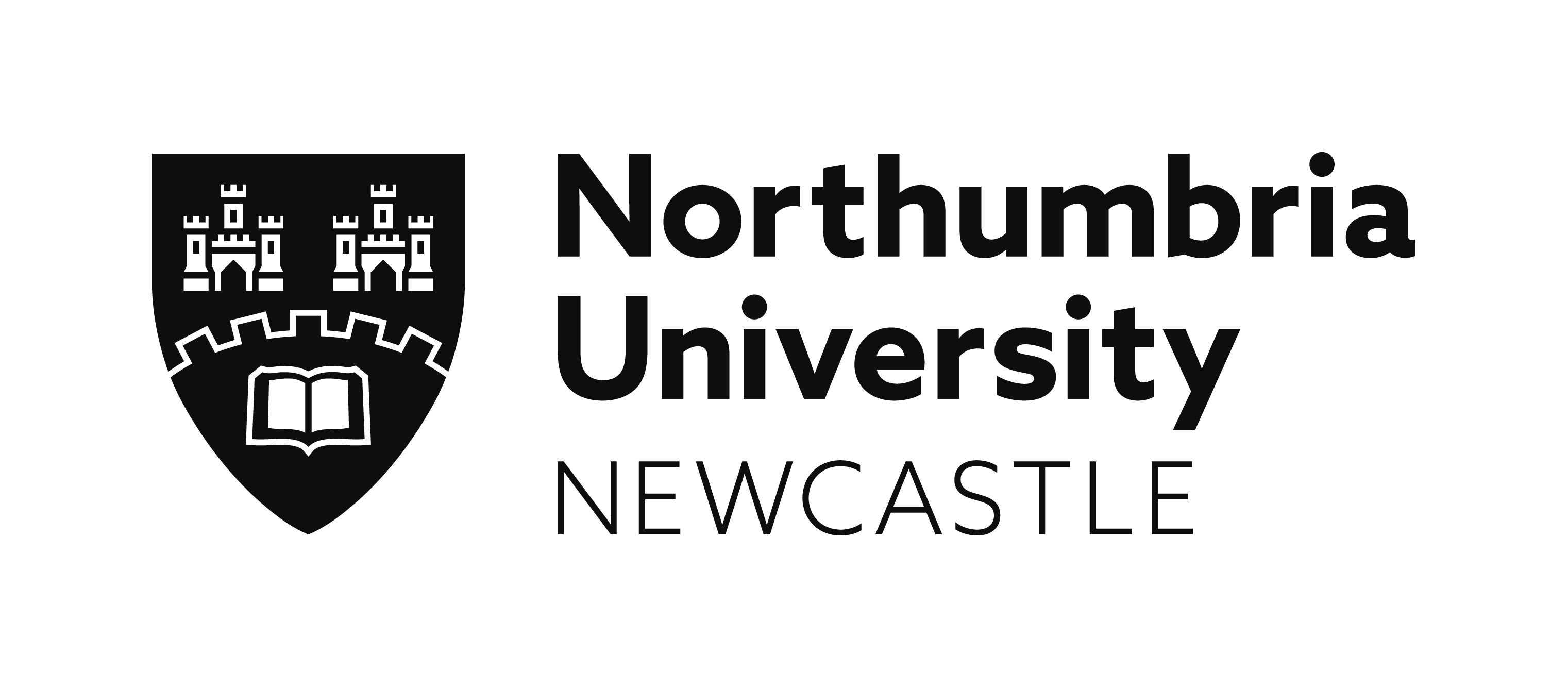Climates of Colonialism
Julia Lum, Scripps College, Claremont, CA, USA, jlum@scrippscollege.edu
Gabrielle Moser, OCAD University, Toronto, Canada, gmoser@faculty.ocadu.ca
This session investigates how art and cultural production in the former British Empire has long charted the interdependent and co-constitutive logics of climate and colonialism. Examining a diverse range of media – including painting, video, architecture, public sculpture and photography – the papers consider how artistic treatments of environmental change can be located within overlapping and interconnected histories of acclimatisation, forced migration, land dispossession, resource extraction, deforestation and struggles for Indigenous sovereignty. Not only has climate been central to anthropological representations of racial differences in imperial ideologies – such as suppositions about which populations were ‘naturally suited’ to particular weather events, temperature ranges and climatic conditions – but colonial practices of extraction and commodification have radically altered ecologies under colonial rule. Following calls by Indigenous, Black, postcolonial and feminist scholars to extend the time frame of climate change beyond the Industrial Revolution, the presentations in this session imagine climate change not as a new event, but rather as ‘the continuation of practices of dispossession and genocide, coupled with a literal transformation of the environment, that have been at work for the last five hundred years’ (Davis and Todd 2017: 761). Taking up the rich cross-disciplinary discussion that has emerged around the Anthropocene, the session considers case studies in the Arabian Gulf Region, Australia, Guyana, Canada and the heart of the Empire itself.
Speakers
Making and Sensing Climate at Kew
Nicholas Robbins (Yale University)
Nineteenth-Century Climate Adaptation and the Architecture of Acclimatisation
Kathleen Davidson (The University of Sydney)
View from the Terracene
Sara Mameni (California Institute of the Arts)
Aubrey Williams and the Politics of Ecology in Guyana
Giulia Smith (Ruskin School of Art, University of Oxford)
Fire
Alan McFetridge (Artist)
Water is Life: The sensual and affective politics of Rebecca Belmore's Fountain and Freeze
Elizabeth Went (University College London)
Click here to download this session's abstracts or view below
Making and Sensing Climate at Kew
Nicholas Robbins (Yale University)
The Royal Botanic Gardens at Kew have long been recognised as a crucial nexus of science, colonial bureaucracy and biopolitical regulation within the former British Empire. In returning to this key site in the entwined histories of ecology and colonialism, my paper focuses upon the Palm House or ‘Stove’, the large iron-and-glass greenhouse built between 1844–48 to house Kew’s tropical plant collections. While the Palm House is often discussed as a typological predecessor of modernist modular architecture, my paper focuses instead on how it staged a spectacular sensory experience of the ‘torrid’ climate for the largely metropolitan visitors to Kew. Heated by an invisible, underground network of coal-fuelled boilers, I consider the structure as a kind of industrial factory for the production of a colonial aesthetic experience of climate, one dependent upon the extractive economies both of coal (from Britain) and of plants, labour and local knowledge (from the British Empire). This building thus sutures the industrial and the colonial histories of 19th-century environmental regulation.
Following this analysis of the production and sensation of climate at the Palm House, I will consider how this experience of embodied immersion in the ‘torrid zone’ – a virtual transportation much remarked upon – related to contemporary medical anxieties about climate and racial difference. If the ‘acclimatisation’ of the white colonial body was seen as increasingly impossible or undesirable, the Palm House constructed a temporarily acclimatised aesthetic sensorium for its British visitors – a containment of climate that mirrored the disciplinary ‘improvement’ of settler-colonial landscapes.
Nineteenth-Century Climate Adaptation and the Architecture of Acclimatisation
Kathleen Davidson (The University of Sydney)
In a paper read before the Society of Arts in 1860 on ‘The Acclimatisation of Animals’, Francis Buckland highlighted some of the practices of the acclimatisation movement. These included the custom of framing and modifying environments by creating parks, pools and enclosures for introduced beasts, fishes, birds and plants for the purposes of human amenity, pleasure and knowledge. The principal function of these structures was to expedite the physical adaptation of animals and plants to their adopted climates and surroundings. In 1867, W.C. Piguenit produced a portfolio of large lithographs depicting the Salmon Ponds constructed on the River Plenty, a small tributary of the Derwent River, near Hobart Town in the colony of Tasmania. The portfolio declared the viability of this enterprise which entailed repeated attempts and, eventually, the continuous, precise regulation of temperature and other environmental conditions to ensure both the safe transportation of live salmon from England and their acclimatisation to their new, colonial habitat. Although relatively limited in their circulation, Piguenit’s prints and contemporaneous photographs spawned numerous visual iterations – variously representing the difficulties and successes involved in the translocation and commodification of Atlantic salmon as a new delicacy in the Southern Hemisphere, and promoting breeding facilities as a destination for ‘picturesque outings’. Taking the Tasmanian Salmon Ponds as a case study, this paper addresses colonial geographies as re-envisioned and customised landscapes and ecologies, and investigates 19th-century environmental aspirations and ventures with regard to the architecture of acclimatisation and representations of early experiments in enviro-climatic adaptation.
View from the Terracene
Sara Mameni (California Institute of the Arts)
This paper is a proposal for considering the Anthropocene from the perspective of artists working within areas devastated by the War on Terror. Playing on the words ‘terror’ and ‘terra’, I propose the term ‘Terracene’ as an entry point into considering the condition of the planet under terror. While the popularisation of the concept of the Anthropocene dates to the early 2000s – the very moment of the declaration of the War on Terror – the two modes of imagining the geopolitics of the present have yet to be considered together. This paper attempts to conceptualise the Terracene through artworks that think critically about who counts as the ‘Anthropos’ of the Anthropocene and what other stories can be told if we decentre the Human to consider ‘terra’ (the planet itself) in this political age of ‘terror’. This paper takes up two artists working in the Arabian Gulf Region as interlocutors for conceptualising the Terracene. First, I engage video works by Sophia Al-Maria titled The Future Was Desert (2016) and A Whale is a Whale is a Whale (2014). In these video works, Al-Maria turns to the deep time of the planet and its marine life to propose alternate futures in the face of military and extractive wastelands. I then turn to a series of works by Monira Al-Qadiri that consider the historical transformation of Kuwait’s pearl-diving economy to its current oil industry through queer performances that question gendered and species boundaries in Gulf life.
Aubrey Williams and the Politics of Ecology in Guyana
Giulia Smith (Ruskin School of Art, University of Oxford)
I propose to focus on historic and contemporary representations of the anthropogenic effects of deforestation and mineral extraction in the Amazonian depths of Guyana (formerly British Guiana). My analysis will pivot on the work of the Guyanese-born artist Aubrey Williams, considering both his abstract canvases (1950s–1980s) and his less recognised portraits of endangered tropical bird species (1980s). This body of figurative works was realised in response to the creation of a large road cutting through the Amazon Rainforest, amid rising awareness of the harmful consequences of deforestation on the planet’s atmosphere and climate. Originally trained as an agricultural scientist, Williams spent two years living in the Guyanese interior before moving to London in 1952. During this time, he was introduced to the Warraus, an indigenous Amerindian population that to this day inhabits the country. While the literature on Williams routinely emphasises the importance of this encounter in the formation of what turned out to be a highly prescient eco-aesthetic consciousness, rarely have art historians engaged with the specificities of Amerindian resistance against colonial and neo-colonial ventures in mining, logging and fossil-fuel extraction on Guyanese soil. Benefiting from first-hand research undertaken in the interior of the country, this paper will situate Williams’ paintings in the context of a long history of anti-extractivist resistance stretching from colonial times into the present climate crisis.
Fire
Alan McFetridge (Artist)
Canada’s largest evacuation of 88,000 people occurred in May 2016. Given the time of year, the heat and area burnt by the unseasonal Horse River wildfire, it became crystal clear that the impact of industrialisation and Western colonisation underpinned this event. The effect on the immediate population was life-changing and highly traumatic. It was also unique in that a new community began moving from 1960 onwards in search of work within the Tar Sand mining industry that exports enough oil to place Canada in the top five oil producers globally.
This talk will engage photographic representations made by the artist during or soon after the experience of dispossession. Produced from 2012 onwards, these studies include regions where gentrification is active and earthquakes were the cause of altering habitat. The editions comprise photographic observations and research made at the scene of the event. This project aims to be objective, identifying the nature of the external and to gain understanding of the ground position of those ongoing movements.
The talk will also discuss a more recent photographic project and series on Indigenous land management in Tasmania and Arnhem Land, Australia. The subsequent edition takes a historical position to understand the nature of fire regimes on the Australian continent and the influence of industrialisation and Western colonisation. This represents a shift from the disaster framework to engage with art history, reappropriation of the landscape and a culture with a different kind of relationship to fire.
Water is Life: The sensual and affective politics of Rebecca Belmore's Fountain and Freeze
Elizabeth Went (University College London)
This paper addresses Anishinaabekwe artist Rebecca Belmore (Lac Seul First Nation)’s video/water work Fountain (2005) and 2019’s ice sculpture Freeze, both of which address the imbrication of Indigenous loss and climate change, suggesting that climate change is a form of settler-colonial necropolitics, and that the haptic and affective qualities of water could posit a different way forward.
Fountain is a 2:35 video work projected onto an indoor waterfall, which culminates in Belmore hurling a bucket of what appears to be blood at the camera. The waterfall turns red, linking environmental degradation (the pollution of Canada’s, and specifically Indigenous Canadians’, water supply) and the ongoing disappearances and deaths of Indigenous women.
Freeze: Stonechild Memorial featured multiple successive blocks of ice, into each of which was carved a letter in Neil Stonechild’s surname, revealed as the ice began to melt. Stonechild was killed by police in 1990 at age 17: they took him to the outskirts of Saskatoon in the middle of the night and left him there to freeze to death. The emergence and dissolution of Stonechild’s name links not only the violence Indigenous peoples continue to face, but also the melting of the polar ice caps, and the fleeting attention we pay to both – for all its careful work, the sculpture was to end up a puddle.
The paper will argue that putting ice and water into affective and material relationships with viewers serves to construct an Indigenous epistemological understanding of ‘relations’ between viewers, Indigenous peoples and the natural world.
|
|
|
|
|
|
Supported by
Conference Sponsors
![]()
Sponsored by
ASSOCIATION FOR ART HISTORY
![]()
Terms & Conditions
![]()


